Plan Engaging STEM Lessons: STEM Lesson Plan Template {FREE}
Have you seen a STEM lesson, maybe on Pinterest, and thought, “Wow, the person who wrote that lesson is so creative. I wish I could be that creative.”
Your wish is about to come true.
The problem with writing a great STEM lesson is that it’s so big, has so many parts, and can feel overwhelming. But once you break it down into smaller parts, your brain can focus on creativity. So let’s break this STEM thing down into it’s parts. Then use the FREE STEM Lesson Plan Template to plan your own amazing STEM lessons!
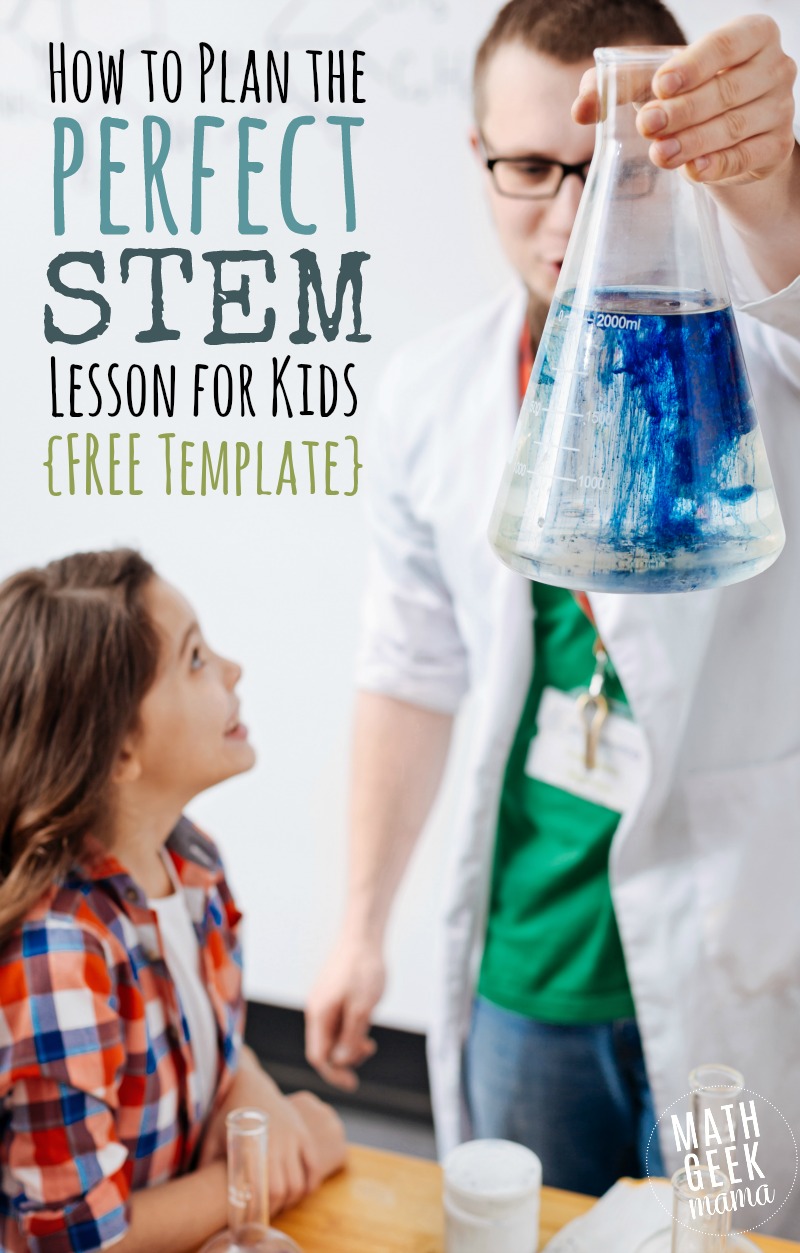
*This is a guest post from Danielle at Blessedly Busy.
Layer 1: An Inquiry Based Question
What? We’re not going to start with science?
In order to make a good STEM lesson, we need good bones. An inquiry based question will give us those bones.
What do I mean by “inquiry based”?
An inquiry based question causes the student to stop and think. It is impossible to answer with a one syllable answer. It also has:
- Multiple solutions
- Multiple ways of getting to the solution
- Interest
Is the question “What is 9 + 5” inquiry based? No, this question is fact based. The student can answer in one syllable. In this case 14.
A better question would be “How many ways can you make 14?”
The example problem we are going to use is “How many rectangles can you make that have an area of 24?”
While the interest isn’t super high on this problem, it’s a lot higher than a worksheet with the instructions “find the area”.
I almost always use math as my starting point because I’m a math teacher. It’s what I know. But you could easily start with any of the other subjects.
For example:
S – “How do plants grow?” or a more specific example, “What is the best fertilizer to grow tomatoes?”
T – “Let’s make a computer game!”
E – “What is the best shape to make a tower out of?”
M – “Let’s budget and plan a vacation.”
Bonus subject A (art) – “Do different colors elicit different emotions?”
Once you have the basic question hammered out, it becomes easy to add the different subjects in.
How Does Science Fit in the STEM Lesson:
Scientists observe the natural world. Thinking about your starter problem, what can you add to that lesson that would help your students observe the world around them? Or how can you relate your problem to the world around them?
With my example problem, I might think about why someone would care about different size rectangles.
Maybe we are building flower beds and want to know the best shape for a flower bed.
As a bonus for me (because I homeschool) we could actually build the flower bed. Now our project ties into the real world, and it’s something someone might actually need to do.
And if I actually build the flower bed, we add even more science by observing our plants and noticing what makes them thrive, or not.
Some key words to think about when thinking about science, what can my students:
- observe
- explore
- wonder
- hypothesize
How Does Technology Fit in the STEM Lesson:
Technology can sometimes be a hard one to fit into a lesson. Especially if you are not tech friendly.
Start with the technology that you use that enhances your life. My idea of using technology for this lesson would be to have them take a picture of their finished plans and share it on Facebook. That’s technology, right?
Well, it’s better than nothing.
As lesson designers, we also need to keep our students’ experience in mind. For my students (who are younger than 10), posting something to Facebook is a new experience and might be a valuable add to the lesson. If you’re teaching teenagers on the other hand…
It might help to make a list of what we could do with technology.
I would encourage you to add technology to lessons that require doing on the students’ part.
While watching a movie is technically technology, they aren’t really gaining any technological understanding by watching it.
Here are some examples of some programs that might be helpful for a student to learn to use:
- Publisher
- Excel
- PowerPoint
- Video editing software
- Picture editing software
- Graphing calculator
I find it easiest to add technology in two places: gathering and organizing data and sharing results.
Perhaps with our problem, we will have students make an advertisement on publisher for the size of flower bed they want to create with a goal of mom picking their size.
For more ideas on incorporating technology, see this introduction to exploring with graphing calculators.
How Does Engineering Fit in the STEM Lesson:
Engineers design. They have an emphasis on testing limits: the highest, strongest, longest lasting, etc…
The engineering in STEM also refers to following the Engineering Design Process.
It looks a lot like the Scientific Method that I grew up with. Basically, you define the problem, then try a bunch of stuff until you find the solution.
If you want details (in a handy flow chart no less) visit Science Buddies.
Engineers:
- Design
- Build
- Create
- Test
In my problem, I might add a secondary problem. Which size is going to be the strongest? Or perhaps, the most efficient?
Then my students could build models and test their theories.
How Does Math Fit in the STEM Lesson:
Mathematics is the study of patterns.
Does that definition surprise you? Our current education model has math as a skill set for solving problems. And it certainly has that too. But the reason for that skill set is in finding patterns.
Ask yourself, is there a pattern we can discover with the lesson I am creating?
In my lesson, I would want my students to figure out a quick way to find the area of a rectangle.
So, a question I would have as part of their lesson is, “How did you find the area of this rectangle, now, how can you apply that information to all rectangles?”
Bonus Subject: Art
Artists are also designers.
But unlike their engineering counterpart, their focus is on communicating ideas and beauty.
Like technology, the easiest place to add art is in the end when it’s time to communicate findings.
In my lesson, I already have art 🙂
Under the technology section, I decided I would have my students create a poster to convince me of which size garden to create.
Perhaps though, I would do the poster in stages.
Stage 1: Get your ideas on the poster.
Stage 2: Make it beautiful.
Putting a STEM Lesson Together:
Now that you have all of the pieces on your STEM lesson plan template, it’s time to put them in a sentence or two and see how they sit.
My focus for this lesson is: Students will test, design, and create a flower bed that has an area of 24 feet. Using Canva, they will create a persuasive poster to sell their idea to the class and myself.
So simple and yet so much learning will take place during this lesson.
To make it easier for you to write your own STEM lesson, I have two free products.
The first is a STEM lesson plan template for you to keep track of the focus and all of the little pieces. (see below)
The second can by found at my blog and is a STEM poster with helpful questions to ask yourself for each letter of STEAM.
I hope you find them helpful!
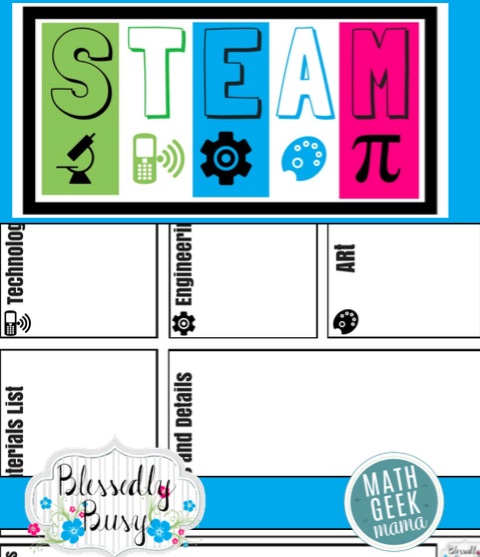
{Click HERE to go to my shop and grab the free STEM Lesson Plan Template!}
And check out these other FREE STEM lesson ideas:
- Fairy Tale STEM Activities
- 100th Day of School STEM with LEGO and Pattern Blocks
- Summer STEM Ideas for Middle School
Danielle is a homeschooling mamma of 5. She is committed to making life with young children easier and sharing her passion for math. If you would like to learn more about teaching math to multiple age groups visit Blessedly Busy or follow her on: Facebook Instagram, Pinterest or Twitter.


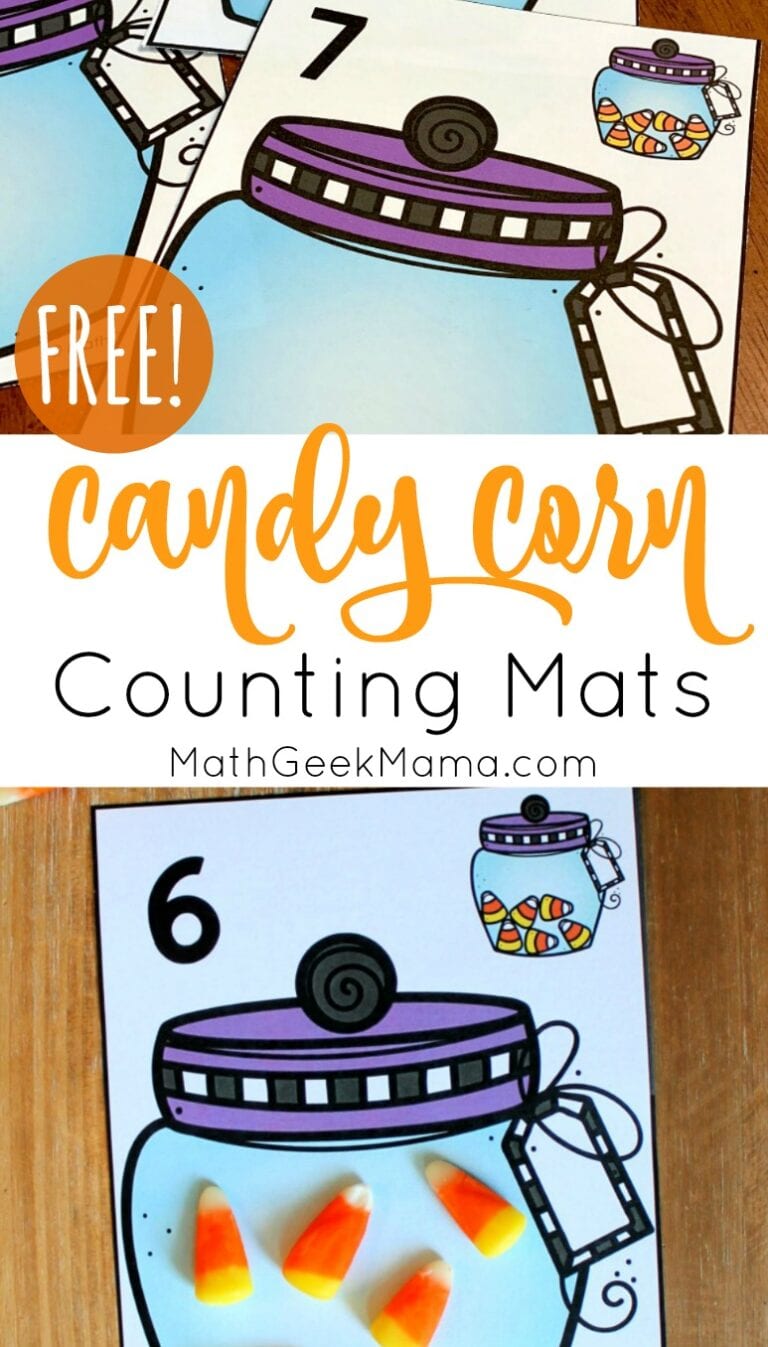
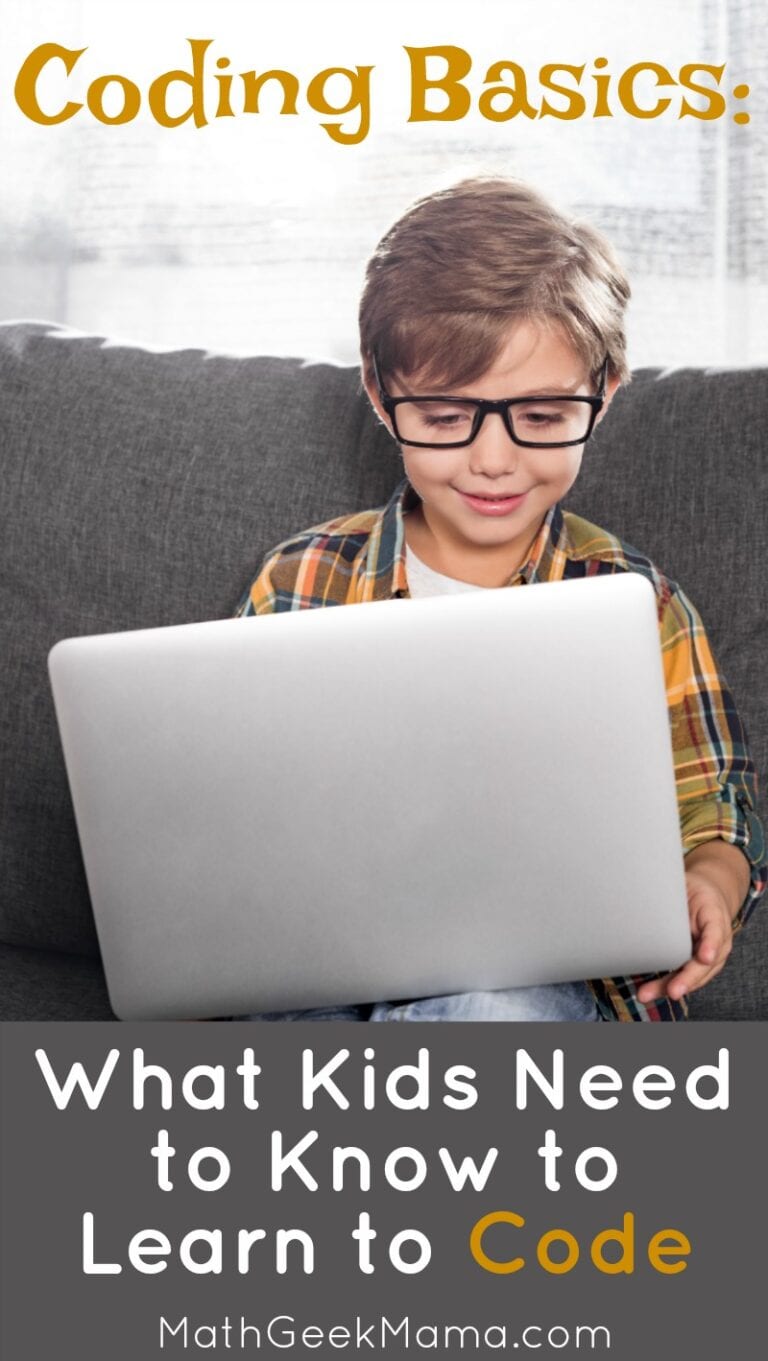
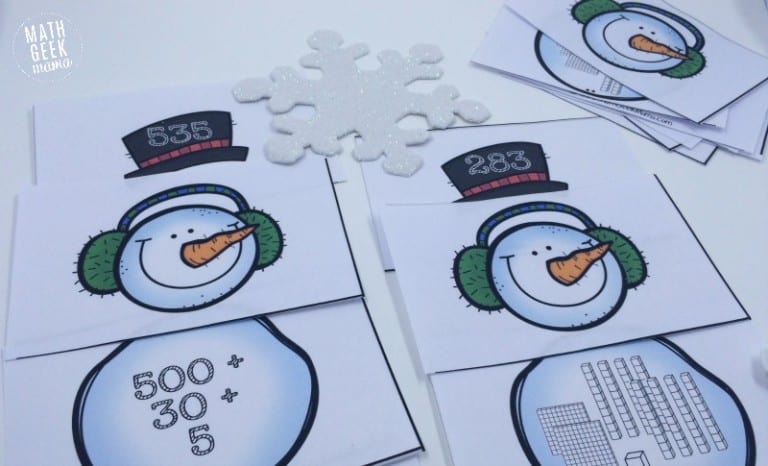
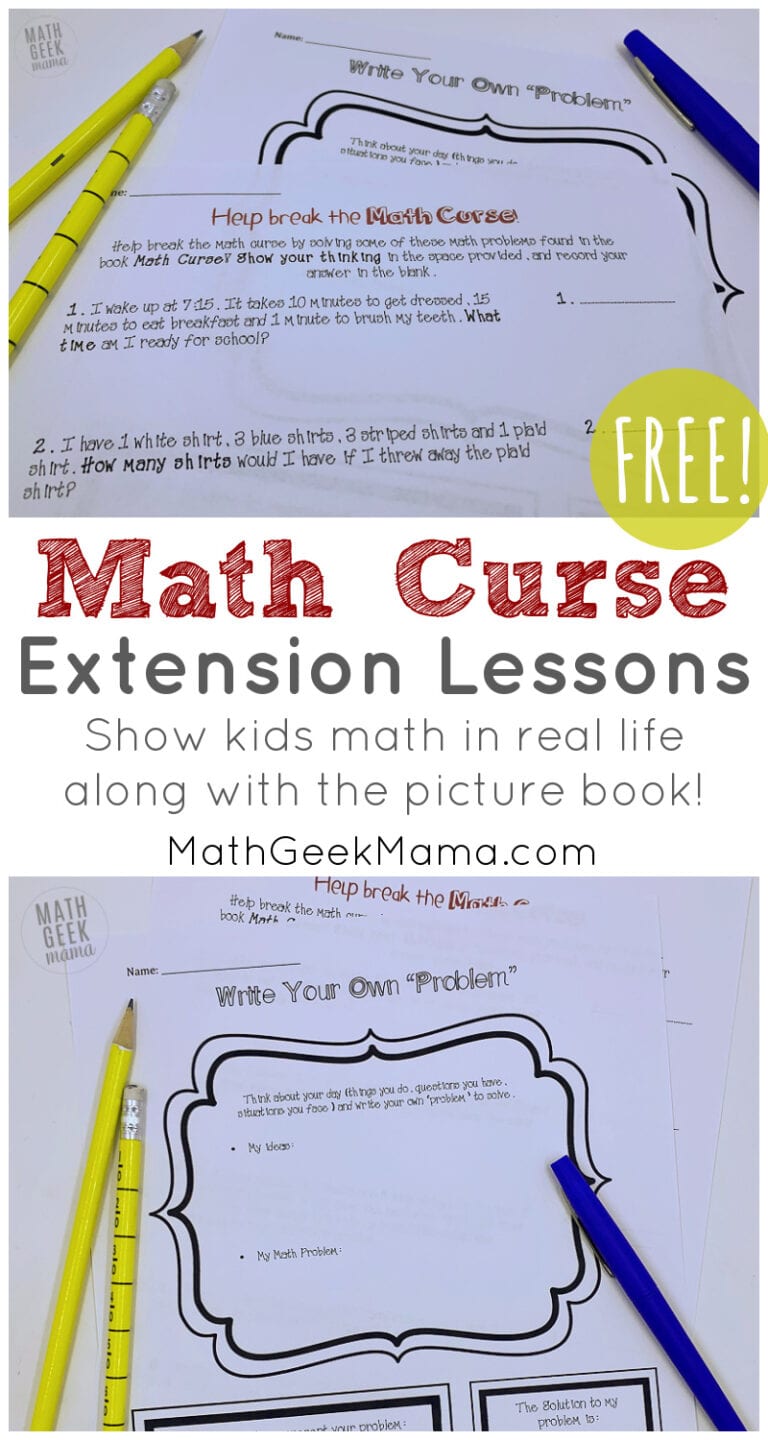
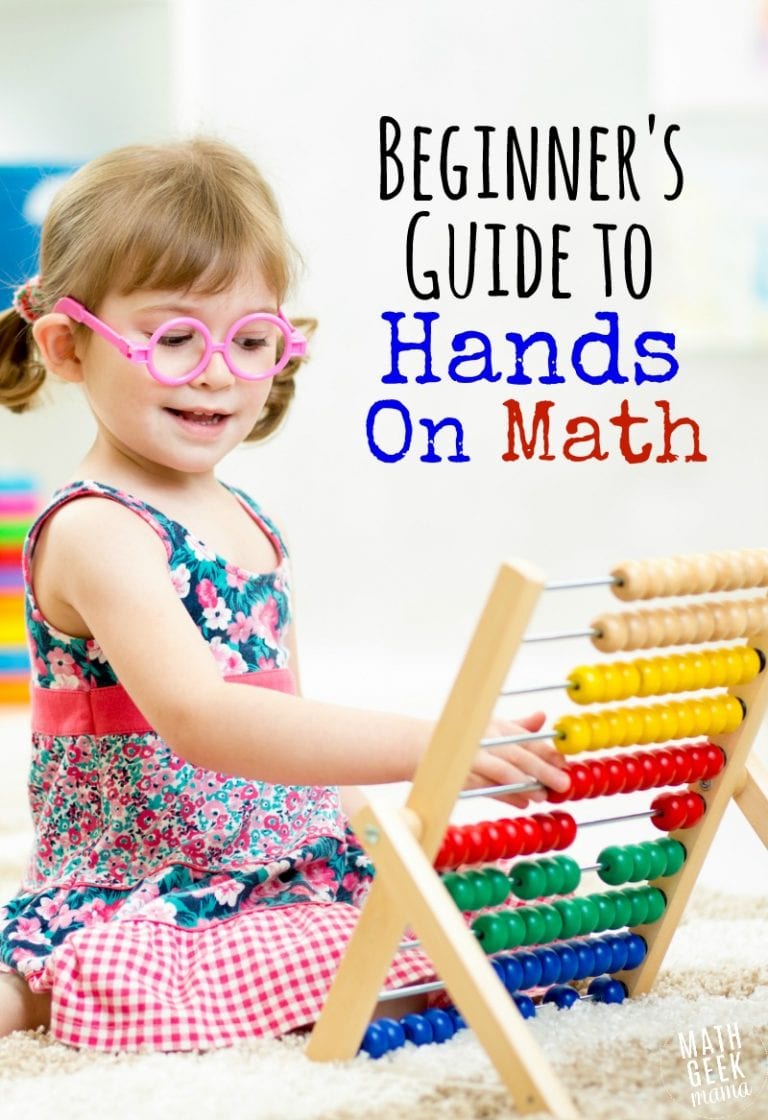
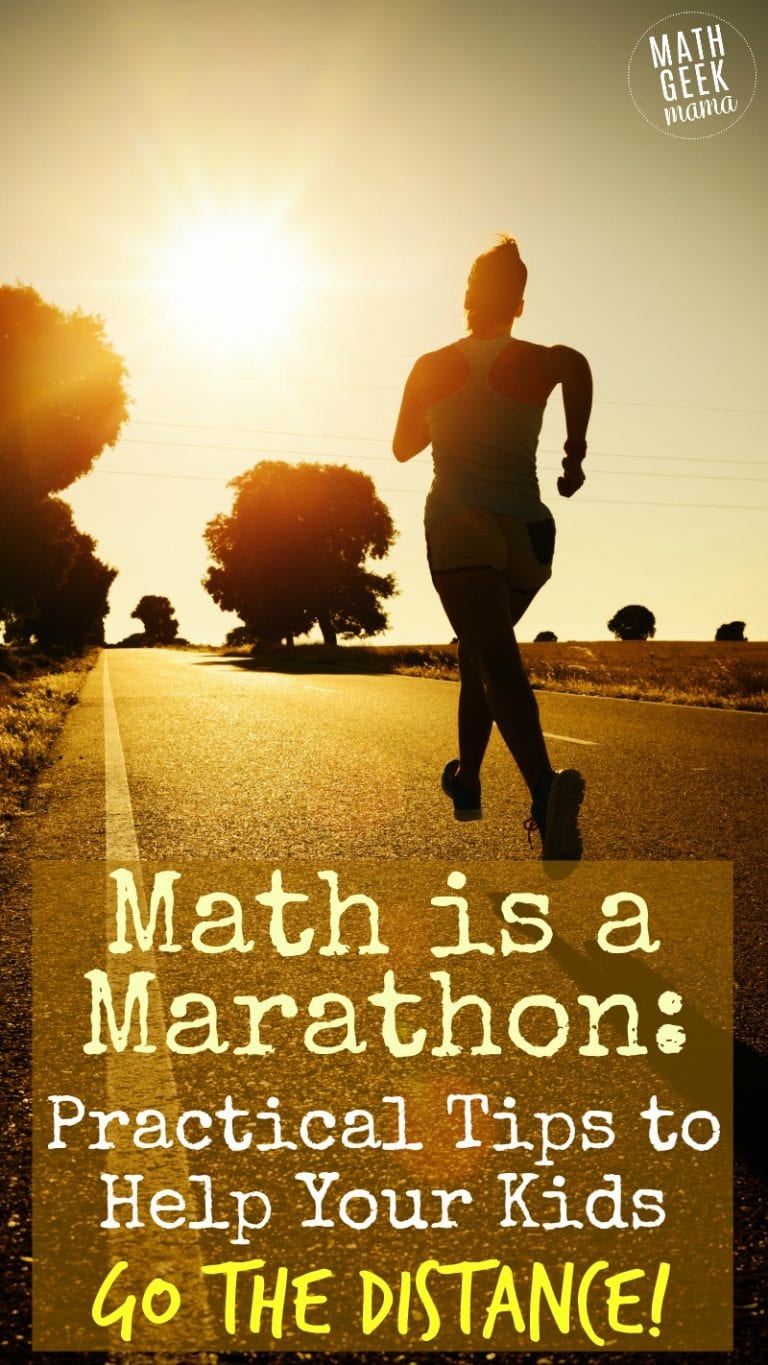




One Comment
Comments are closed.